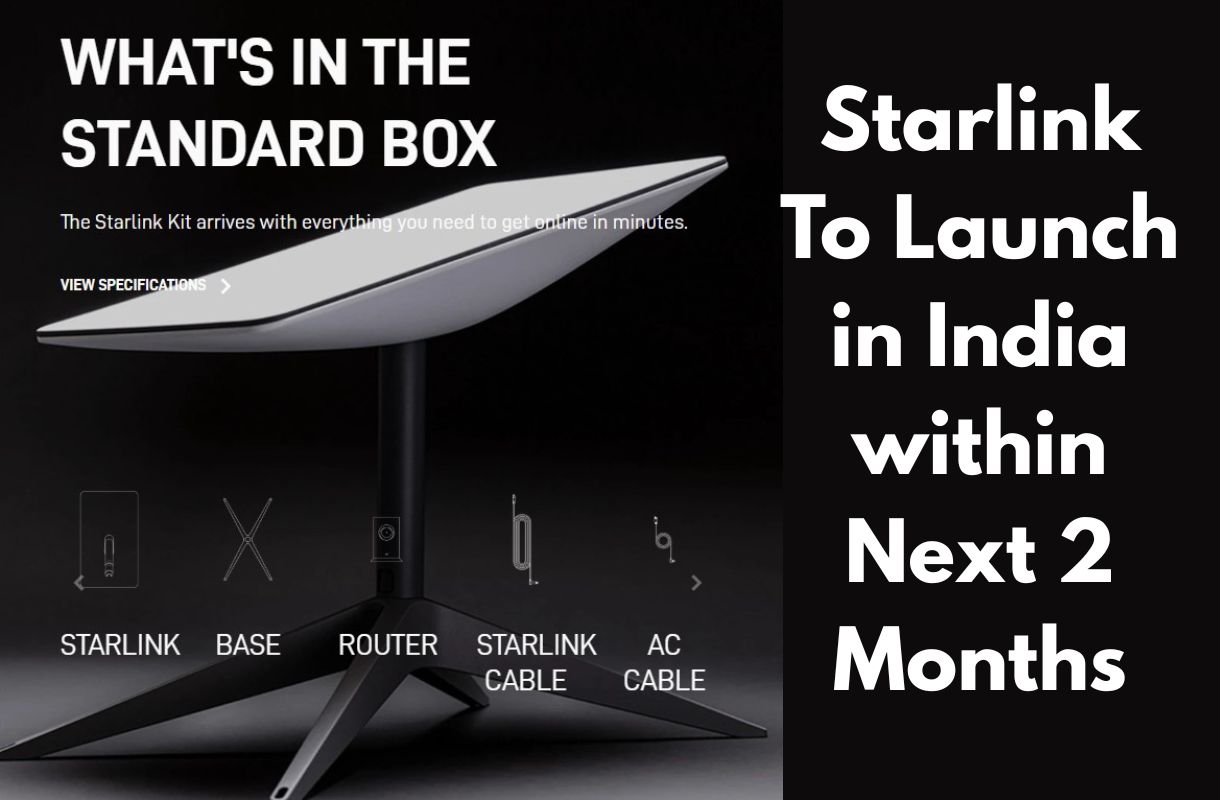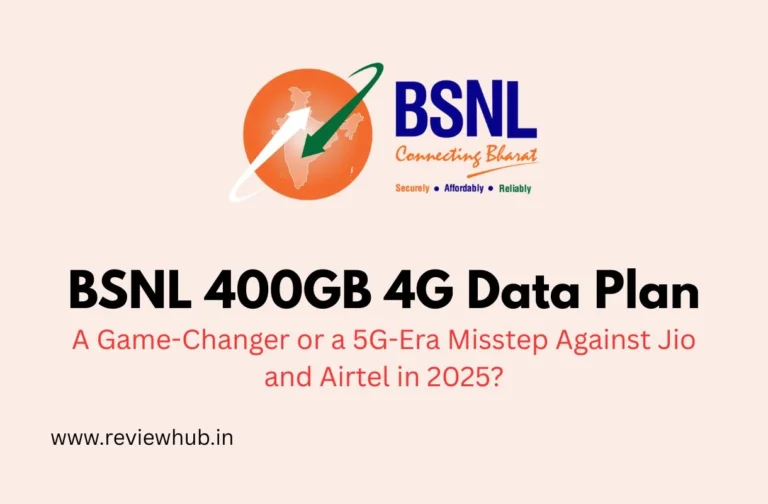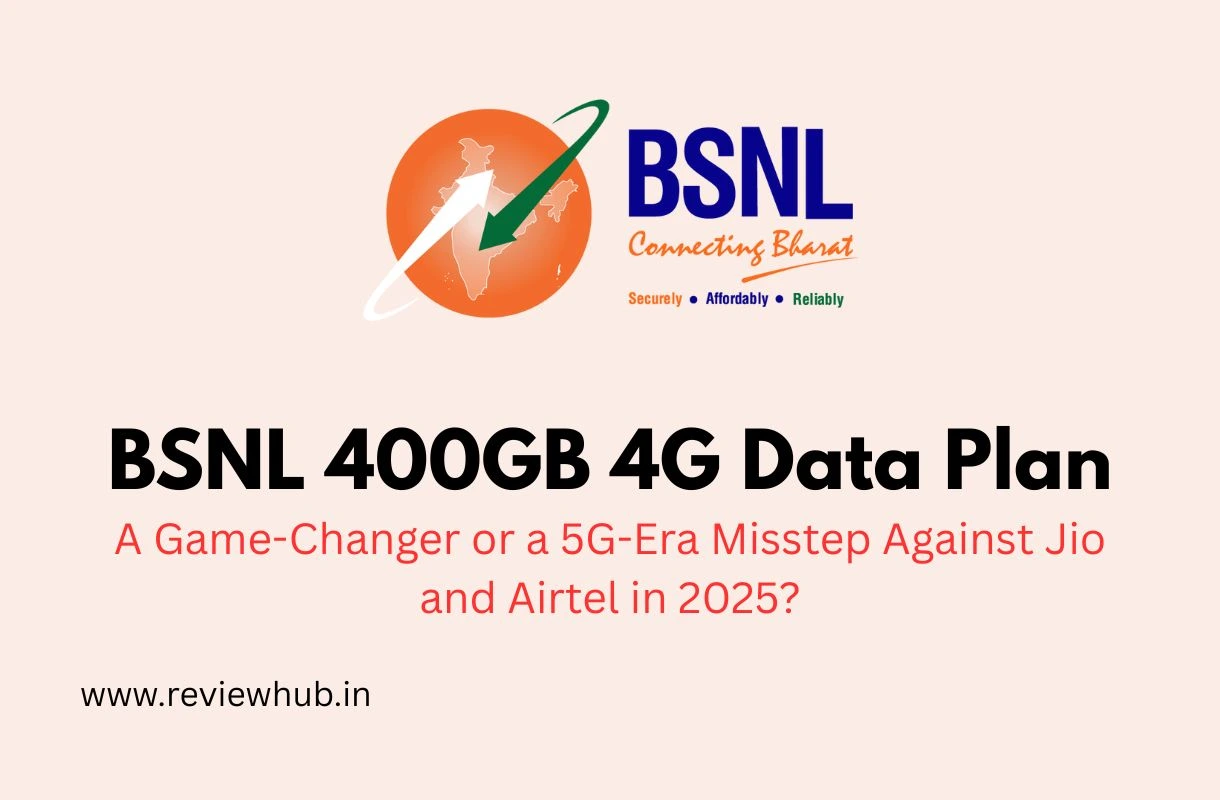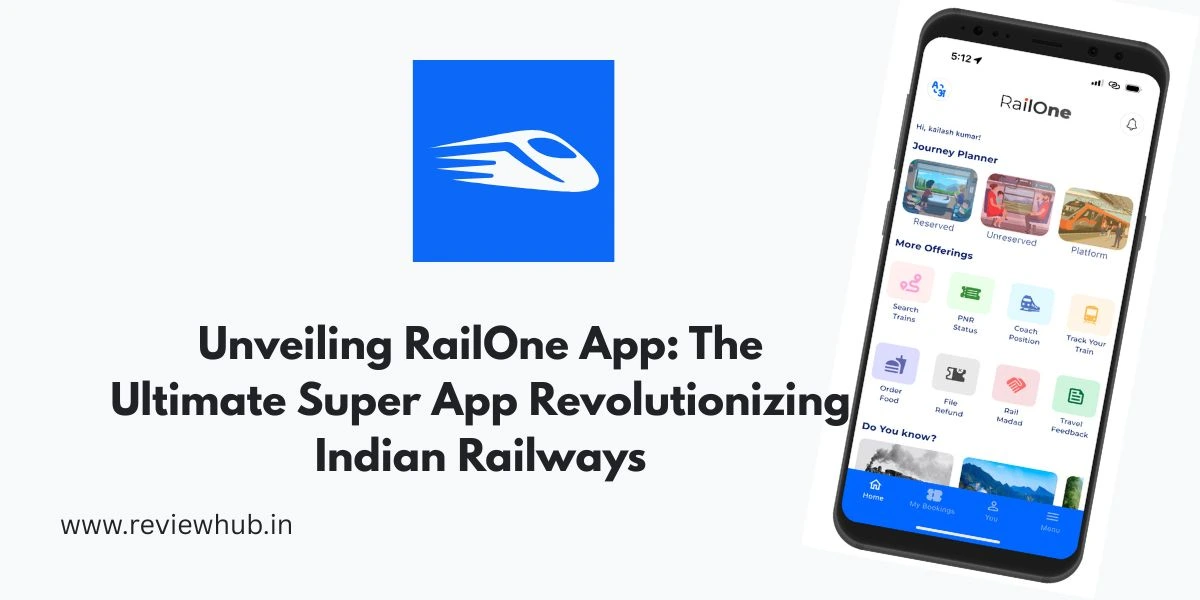As the digital landscape in India continues to evolve, the much-anticipated entry of Starlink, Elon Musk’s satellite internet service, is set to revolutionize connectivity. As reported by ET, Starlink will launch in India within next two months, featuring a satellite dish priced at ₹33,000 and a monthly subscription of ₹3,000 for unlimited data. This article dives deep into it’s cutting-edge technology, compares it with current market players like Reliance Jio and Airtel, and evaluates its potential impact on the Indian market.
What is Starlink and Its Technology?
Starlink, operated by SpaceX, is the world’s largest satellite internet constellation, utilizing a Low Earth Orbit (LEO) network to deliver high-speed, low-latency internet globally. With over 7,600 satellites currently in orbit and plans for up to 34,400, it leverages advanced technology to bridge the digital divide, especially in remote areas.
Key Features and Technology of Starlink
- Low Earth Orbit (LEO) Satellites: Orbiting at approximately 550 km, it’s satellites reduce latency (as low as 20-40 ms) compared to traditional geostationary satellites at 35,786 km.
- Optical Intersatellite Links (ISLs): Each satellite is equipped with three space lasers operating at 200 Gbps, forming a global mesh network for seamless connectivity.
- Flat-Panel Dish Design: The user terminal, priced at ₹33,000, features a compact, self-aligning dish powered by dual solar arrays and high-capacity batteries, ensuring efficient operation.
- Direct-to-Cell Capability: Recent launches, including 23 satellites on June 3, 2025, include direct-to-cell technology, enhancing mobile connectivity in underserved regions.
- App: Users can manage their connection, monitor performance, and troubleshoot issues via a dedicated mobile app.
This technology positions Starlink as a game-changer, particularly for areas where traditional broadband like DSL or cable is unavailable.

Starlink India vs Current Market Players
India’s internet market is dominated by telecom giants like Reliance Jio, Bharti Airtel, and Vodafone Idea. Let’s compare Starlink India with these players based on technology, coverage, and pricing.
Technology and Coverage Comparison
- Starlink: It relies on LEO satellites for global coverage, ideal for rural and remote areas. Its low-latency design supports gaming, streaming, and video calls.
- Reliance Jio: Uses 4G/5G terrestrial networks with extensive urban and semi-urban coverage. JioFiber offers fiber-optic broadband with speeds up to 1 Gbps.
- Bharti Airtel: Combines 4G/5G and Airtel Xstream Fiber, providing robust urban coverage and high-speed internet (up to 1 Gbps) with a focus on OTT integration.
- Vodafone Idea: Primarily 4G-based with limited 5G rollout, focusing on mobile data with emerging fiber options.
Starlink’s satellite-based approach gives it an edge in remote regions, while terrestrial players excel in urban density and existing infrastructure.
Starlink India Pricing and Plans vs Competitors
Starlink’s pricing has sparked debate due to its high initial and recurring costs. Below is a comparison with plans from Jio, Airtel, and Vodafone Idea based on the latest available data (as of June 2025).
Plan Comparison Table
| Provider | Setup Cost | Monthly Plan | Speed | Data Benefit | Additional Features |
|---|---|---|---|---|---|
| Starlink | ₹33,000 | ₹3,000 | 50-200 Mbps | Unlimited | 1-month free trial, low latency |
| JioFiber | ₹2,500 (router) | ₹999 | 150 Mbps | Unlimited | 16 OTT apps, free installation |
| Airtel Xstream | ₹2,000 (router) | ₹999 | 200 Mbps | Unlimited | 19 OTT apps, speed boost |
| Vodafone Fiber | ₹2,500 (router) | ₹799 | 100 Mbps | Unlimited (FUP 3.3TB) | Basic OTT, landline |
Data Benefits Analysis
- Starlink: Offers unlimited data with no Fair Usage Policy (FUP), ideal for heavy users, but the ₹3,000/month cost is significantly higher than competitors.
- JioFiber: At ₹999, it provides unlimited data with 150 Mbps speed and OTT benefits, making it a value-for-money option for urban households.
- Airtel Xstream: With 200 Mbps and 19 OTT apps at ₹999, Airtel edges out Jio in speed and content, appealing to entertainment-focused users.
- Vodafone Idea: The ₹799 plan with 100 Mbps and a 3.3TB FUP limit suits moderate users but lacks the OTT richness of Jio and Airtel.
Starlink’s high pricing targets a niche premium segment, while Jio and Airtel cater to cost-sensitive middle-class users with competitive bundles.
Pros and Cons of Starlink in India
Pros
- Unmatched coverage in remote and rural areas.
- Low latency enhances gaming and real-time applications.
- Future-proof with direct-to-cell technology.
Cons
- High upfront cost (₹33,000) and monthly fee (₹3,000) may deter adoption.
- Competition from affordable terrestrial plans.
- Dependence on clear skies for optimal performance.
Impact and Effects of Starlink’s Entry in the Indian Market
Starlink’s entry into India, slated for August 2025, is poised to disrupt the internet landscape. With over 670 million people still offline (GSMA, 2024), Starlink’s satellite technology could bridge the digital divide in rural areas, supporting education, telemedicine, and e-commerce. However, its premium pricing may limit its reach to affluent users or businesses, positioning it as a status symbol rather than a mass-market solution. It is already available in India’s neighbouring countries like Bhutan, Bangladesh and more.
Competitive Pressure
The launch will pressure Jio and Airtel to innovate, potentially lowering prices or enhancing rural infrastructure. Partnerships with these giants, as reported by the BBC on March 12, 2025, suggest a collaborative approach to meet regulatory and market demands.
Economic and Social Implications
- Economic Growth: Improved connectivity could boost GDP by enabling remote work and digital entrepreneurship in underserved regions.
- Social Equity: If prices drop (e.g, to the rumoured ₹850/month), it could democratize access, though current rates favour the elite.
- Environmental Concerns: The increasing satellite launches raise space debris issues, a factor India’s space regulator (In-SPACe) will monitor.
In conclusion, Starlink’s entry into India is a bold step toward global internet parity, leveraging advanced LEO technology. While its high costs challenge mass adoption, its potential to transform rural connectivity is undeniable. It may need to adjust pricing or bundle services to rival Jio and Airtel as competition intensifies, ensuring it carves a sustainable niche in India’s dynamic market.
Was this review helpful?
For more news about upcoming smartphones and popular products, and recommendations follow us on Facebook, Instagram, and Twitter.
Some of the links on our website are affiliate links. This means that if you click on these links and make a purchase, we may earn a small commission at no additional cost to you. These commissions help us maintain and improve our website, enabling us to keep delivering valuable content to you.








